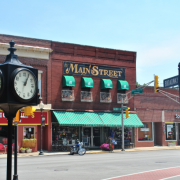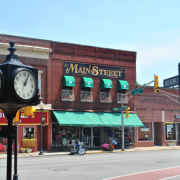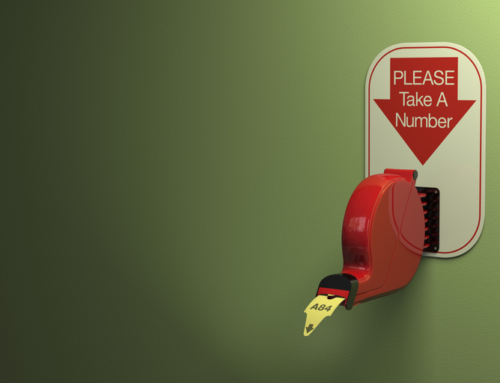We don’t need the stinkin‘ FDIC to tell us what Community Banking is, right? We live here. Our kids go to school here. We are on the PTA and lead local Scout troops. We use the community dry cleaner and feast at the neighborhood pizza joint. We ARE “community!
What really makes a community bank or credit union, “Community?”
At MarketMatch, we only work with Community Banks and Credit Unions. Everyday, we help the honest, hardworking, backbone of America fight the good-fight against the Evil Empire out of New York City , Charlotte and San Francisco (cue the Darth Vader Imperial March).
Having worked for and now representing this vital part of Americana, we are proud of each of our clients and what they mean to their communities…
But, what makes a community institution, “Community?”
The FDIC defined “Community Bank” in a Community Banking Study (Dec 2012):
“Community banks focus on providing traditional banking services in their local communities. They obtain most of their core deposits locally and make many of their loans to local businesses.”
The definition goes on to say, “This means that they have specialized knowledge of their local community and their customers. Because of this expertise, community banks tend to base credit decisions on local knowledge and nonstandard data obtained through long-term relationships and are less likely to rely on the models-based underwriting used by larger banks.”
But we don’t need the stinkin‘ FDIC to tell us what Community Banking is, right? We live here. Our kids go to school here. We are on the PTA and lead local Scout troops. We use the community dry cleaner and feast at the neighborhood pizza joint. We ARE “community!”
Wait… does that mean that the local Chase Bank is shipping tellers in from New York City each day? Can a lender from the Bank of America branch down the street not be on the PTA? Does the pizza place spit on the food of the Citi branch manager?
What’s more, if you have several branches across a wide footprint, are your local branches making decisions or are verdicts coming down from a “home” office? And if the “home” office is, in fact, making rulings, does the decision maker know that customer or member any better than someone in … say, New York City … might know them?
So, if “they” live here too and your decisions are only slightly more “local,” what makes a community institution, “community?”
HERITAGE
 Most community financial institutions have been around since before George Bailey said, “You don’t need to sign anything, just pay us when you can.” Heck, many could have given Henry Ford his first car loan!
Most community financial institutions have been around since before George Bailey said, “You don’t need to sign anything, just pay us when you can.” Heck, many could have given Henry Ford his first car loan!
While, Wells Fargo’s history in your town started when they took down First Community Bank’s sign and replaced it with their own.
AUTONOMY
You can have 10, 15, 20 branches or more and still be a community bank, but you need to have some faith in your branch network. Regulations are making it harder and harder to have, “credit decisions on local knowledge and nonstandard data obtained through long-term relationships (rather than) on models-based underwriting.” But what defines “Community Bank” is relationships. The more you can create well-defined standard procedures that are consistent across all branches, the more you can rely on your branches to make immediate decisions rather than having to look to the “home” office. If you trust your branch managers enough to promote them, you should trust them to know when it is right to waive a fee or negotiate a CD rate within predetermined boundaries.
ACCOUNTABILITY
Each branch needs to be responsible for the bank or credit union’s viability in the community. Staff should be encouraged to volunteer (and to wear logo apparel when they do). Each branch manager should know what the most important local events are and determine how you can be most noticeable there. They should have their finger on the pulse of the neighborhood, knowing which charities have the most impact and donating accordingly. Your branch managers should have 2 jobs: 1) Management of the branch and 2) Community liaison.
The truth is that community banks and credit unions built each of our towns. They fund the local businesses that PNC simply isn’t interested in. They help most every high school senior get their first car. They are the closest thing to a hand-shake business that the government will allow. There IS a difference, we see it everyday and hear the tales that our clients share. In this “grow or be acquired” world, it’s vital for community institutions to gain market share, but as the assets and footprint expand, be careful not to fall into the trap. With a bit of planning, you can stay “local,” help more communities and maintain your relationships .. because after all, that’s what community banks and credit unions do.
If you find it fun and helpful, please share this blog with your colleagues. Also, check out our YouTube Channel for short video blogs about financial marketing.
In addition to being a strategic consultant, MarketMatch is also a nationally and internationally requested speaker. Contact us to bring our marketing ideas to your institution or next conference.
See our story here. (click)
Or email me directly (click)
937-371-2461
Follow me on Twitter @egagliano



